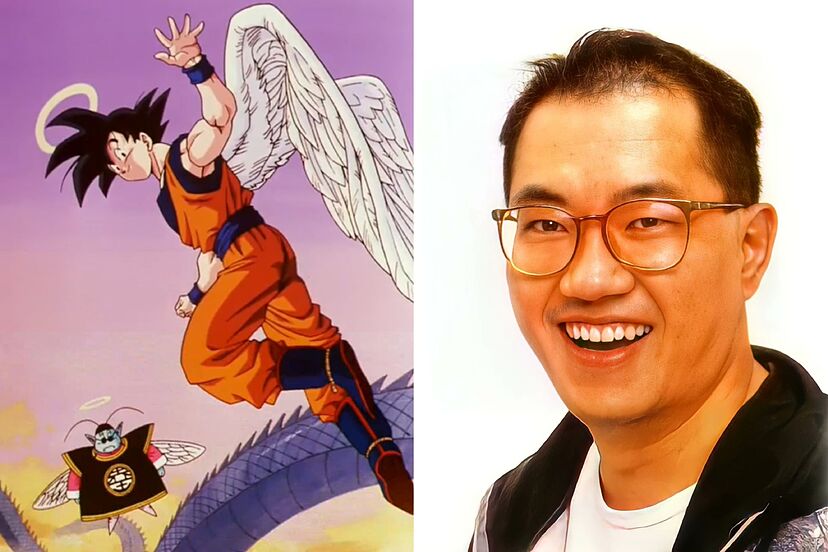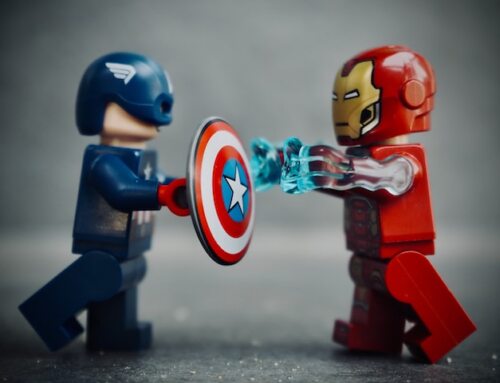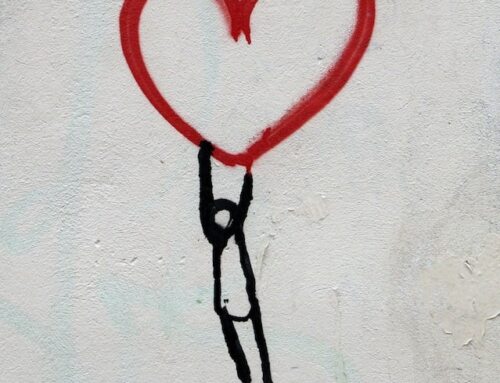Akira Toriyama, creator of Dragon Ball, died early March of 2024. He was 68 years old.
Those who know me well know I love Dragon Ball.
I love the art style, the chaotic and wild but ultimately meaningful story-telling, and the quirky but rich cast of characters. It is perhaps my most cherished piece of entertainment.
I’m sad we lost one of the greats, but grateful for the contribution he’s made to my life and the lives of so many.
I’m sure some will laugh and roll their eyes at me saying that, but I also know we all have shows and movies and stories that are close to our hearts.
Here’s why Dragon Ball is so close to mine.
Goku: Growth Mindset and Endless Drive
Goku is as flat a character as they come. He has flaws, but they’re never going to change, not really, and they don’t need to. He’s sincere and driven and cares about those close to him. As such, those who would change him end up changing themselves.
I think I tended to be a bit lazy when I was younger, and so a personal theme in life has been learning to work hard and find drive and motivation from within. My father tried to teach me this, and I’m grateful I found myself inspired by characters like Goku.
Goku is a martial artist, and from the early moments in Dragon Ball, he aims to improve himself. He’s never upset at mistakes or obstacles – frustration seems almost foreign to Goku – and instead is always trying to make the next bit of progress. He licks his chops at a challenge. Someone stronger than him is an opportunity to improve.
In many ways, he’s the definition of a growth mindset as a character, always having a positive attitude and never identifying with his success or failure. It seems ironic that this shameless character originates from Japan, a culture that so highly values honour.
Vegeta was a contrast to Goku in this way. Vegeta was all about his honour, perhaps more than he was actually concerned about growing and improving. He beats himself up, almost literally, to push himself, and is almost always wearing a face of frustration – or, in the case of his successes, a face of pride. This contrast made Goku and Vegeta excellent and interesting rivals, and set the stage for Vegeta’s excellent redemption arc.
This leads me to another thing I loved so much about Dragon Ball: its villains.
Interesting Villains and Redemption Earned
I didn’t think much about it growing up, but many of Dragon Ball’s villains are not only artistically interesting but emotionally compelling and believable. Many of them also have redemption arcs to the point where looking back I wonder if it wasn’t a bit odd to try and redeem all these characters.
Tien and Chiaozu, Vegeta, Piccolo, Androids 16, 17, and 18, just to name a few, all become not merely allies but friends to Goku.
It speaks to Toriyama’s writing ability that he was able to, on the fly, bring these characters through redemption arcs in such emotionally satisfying and believable ways.
And honestly I love each one of them: Tien and Vegeta’s arcs, for me, are major highlights.
Even the villains that aren’t redeemed are great.
Frieza is the pinnacle of villainy. He’s a person of immense privilege, born as the strongest creature in the known Universe, and from birth the model and definition of narcissism. He knows nothing but self-importance, and his contrast to Goku could not be more stark.
Cell managed to be an unredeemable evil that was perhaps even more interesting than Frieza. Like Frieza, he’s got few “three dimensional” emotional motivations in the traditional sense; no family, no friends, and not even a backstory that would give you any reason to empathize with him. But his DNA has a history: he’s made up of genes taken from the characters we know and love – and even ones we don’t, like Frieza. In a strange way, fighting Cell for the heroes of Dragon Ball is like fighting themselves and their worst enemies at their very best … and then some.
Transformed Through Trial and Effort
How could we talk about Dragon Ball without talking about transformations?
A major theme in the series is improvement and growth – becoming stronger and more skilled as a martial artist. The transformations signify a new plateau, but they also represent inner transformation.
I doubt that Toriyama intended this sort of deeper meaning, but they say the best art is when the artist doesn’t really understand what they’re creating.
The Super Saiyan transformation erupted out of anger, hungering for revenge and justice. It gives me shivers to think about it – that moment Goku went absolutely nuts just in his body language. My brother and I literally went nuts in our living room when it finally happened.
No shame.
Super Saiyan 2 may outshine the first in some ways, but like the first, it earned its place. Episode after episode teased ascendancy to the “next level”. We assumed it could happen, but it didn’t come easy – like any character transformation or major plot victory, a story-teller has to earn it, and SS2 earned its place.
Tension, Tension, and More Tension
People always make fun of Dragon Ball as if it’s all yelling and powering up for episodes on end. This is an exaggeration, but the original cut of the anime was a slow burn at times.
But after watching some re-cut editions of the show, I found the quicker movement a detriment at times.
A good story takes its time and allows for tension to build. A good writer knows what not to write, and allows the reader to figure things out along the way. Dragon Ball nailed tension and catharsis, even if some were too impatient to fully appreciate it.
That’s my not-so-subtle jab at all the haters.
Actually though: Toriyama teaches us all about the importance of earning moments in your story. Transformations don’t come quickly in Dragon Ball (well, not at first anyways), just like in real life. Defeating your greatest villains takes tremendous time and effort. Nor is character built in mere days.
This post, likewise, is going to take.
It’s.
Sweet.
Time.
The Audio-Visual Experience
Most of my consumption of Dragon Ball has been the anime. Clearly, there have been some faults over the years (some filler, issues with translation/voice-dub quality, etc.), but you can’t help but love the overall presentation.
Fans of the series will often debate over what part of the anime or which iteration has the best music (the Faulconer score used in America vs. the OG Japanese score), or which arcs of the series have the best art style. I’ll upset some by saying this, but the fact that these debates exist tells of the quality of the show.
Moreover, there are just some iconic set pieces in this show. While I love the art style of the later sagas, the early Saiyan Saga when Goku fights Vegeta is probably one of my favourite action scenes, both from visual and character points of view. On occasion, I’ll go back and watch YouTube clips from fights like these.
World Building
Toriyama has stated that he didn’t plan his stories. Instead, he made them episode by episode, sometimes taking into consideration feedback he was getting from fandom (or from his wife).
As such, it’s pretty wild that he was able to build the world that he did. Or maybe it’s not, and the slow, piece-by-piece development of the plot and world just worked.
There were some pretty significant retcons, but again, they work. Rarely were any of us scratching our heads and thinking, where was this before? Instead, we take for granted that, of course, Goku isn’t from earth. Makes sense that Dr. Gero would build Androids.
We started with Goku and a Dragon Ball. Bulma opened up Goku’s world. Raditz came and changed everything. Then we met Frieza. Trunks shook us up once more. And when we thought power levels couldn’t get higher, Supreme Kai (kind of like a god, lowercase g) showed up and suddenly Otherworld made everything bigger.
And not just bigger – deeper.
Piccolo and Kami and their internal turmoil made more sense when we found out about Namek. Otherworld (and Majin Buu) got more interesting when we met the Kai’s and when we found out what Buu had done to them.
Dragon Ball was never merely about breadth. Breadth whet our appetites; depth satiated us.
I hope this post made you understand how.
What’s your favourite Dragon Ball moment?
Rest in peace, Toriyama-san. You will not be forgotten.







Kamehamehaaaaaa! Great read.
Also, SSJ2 was epic.